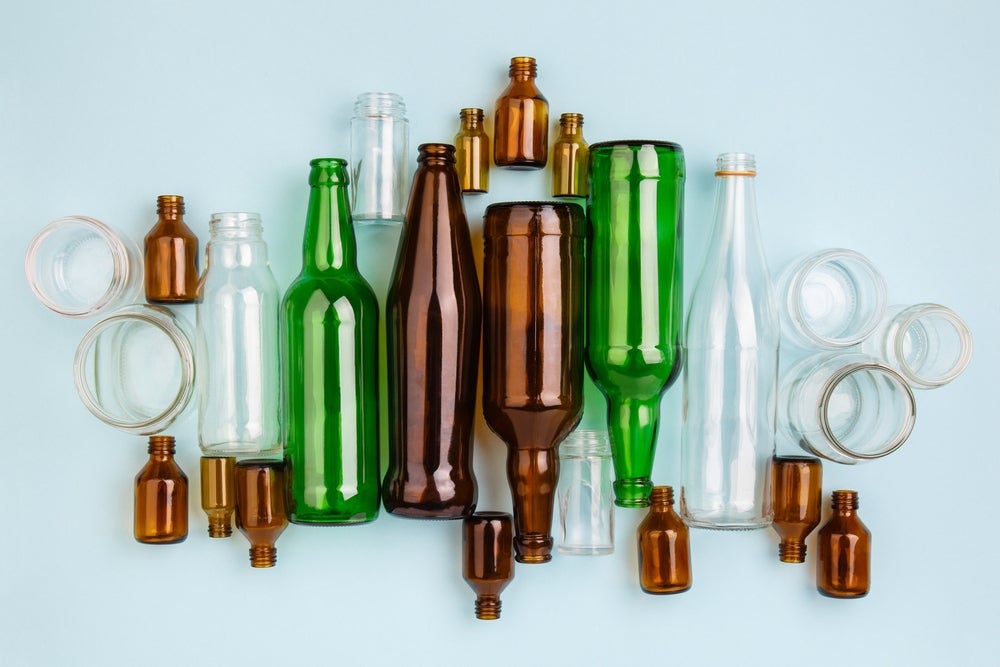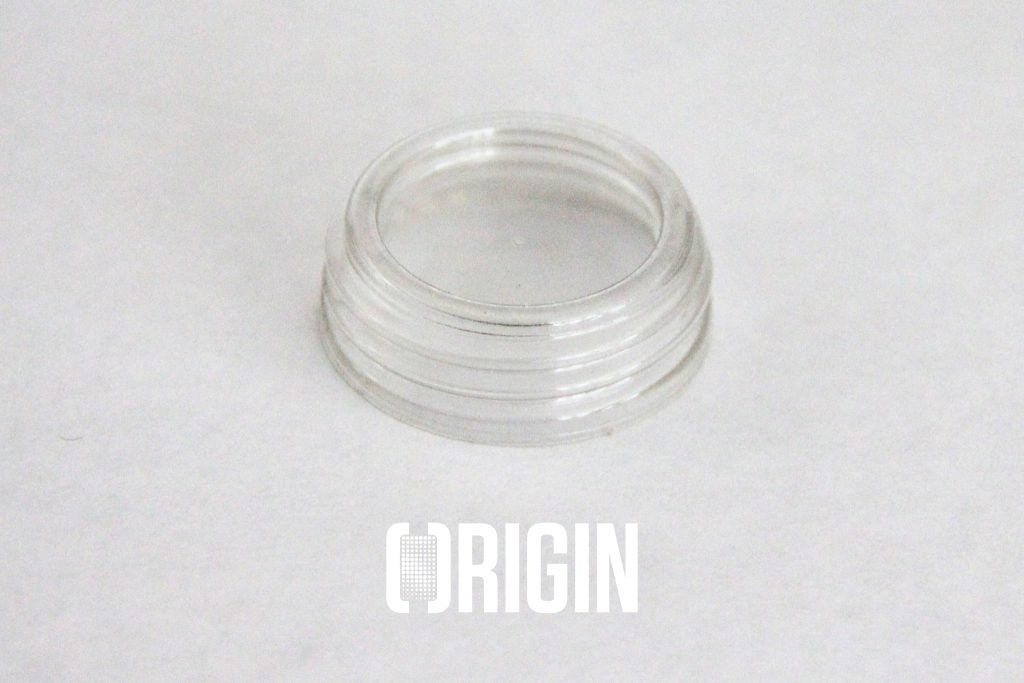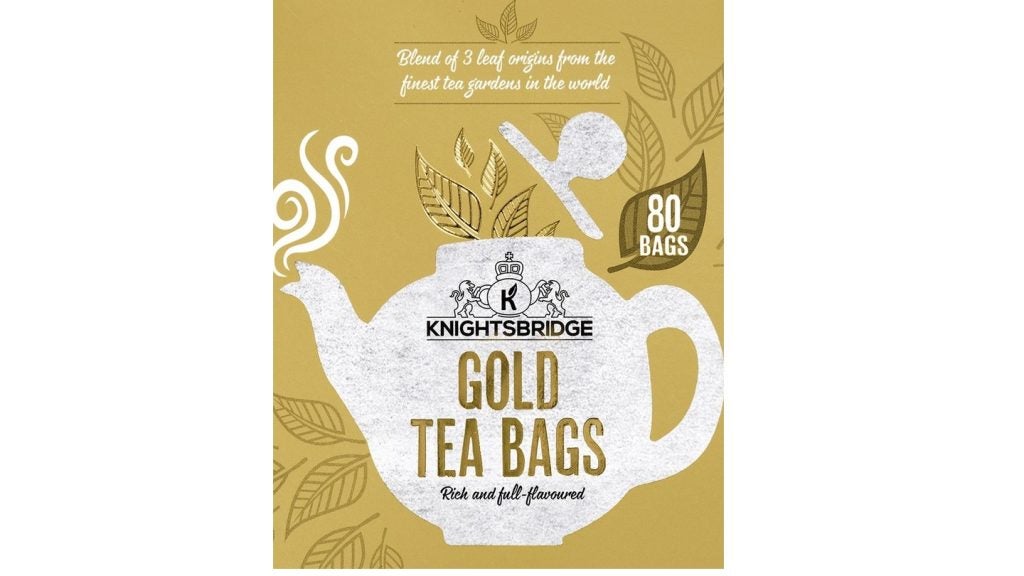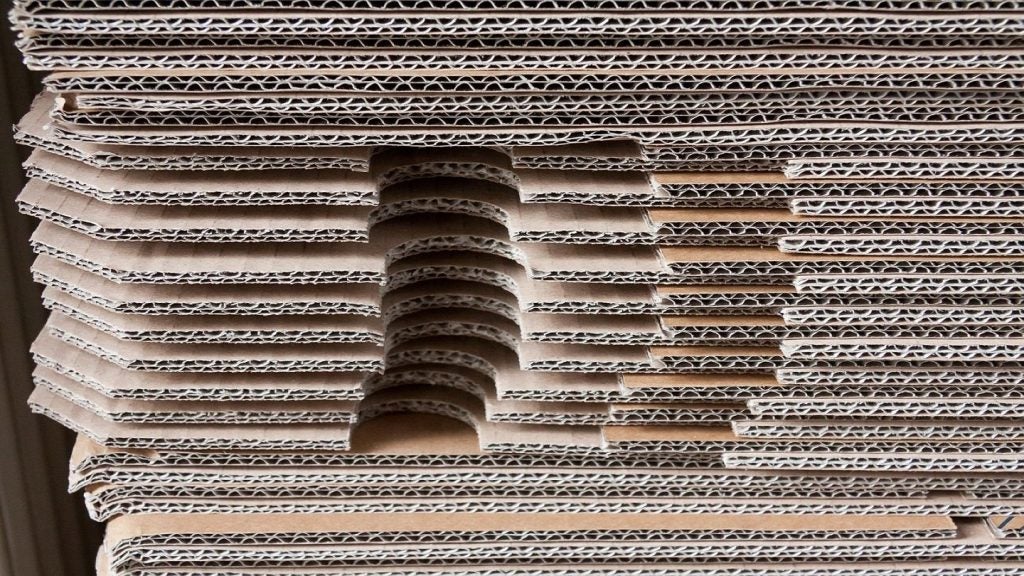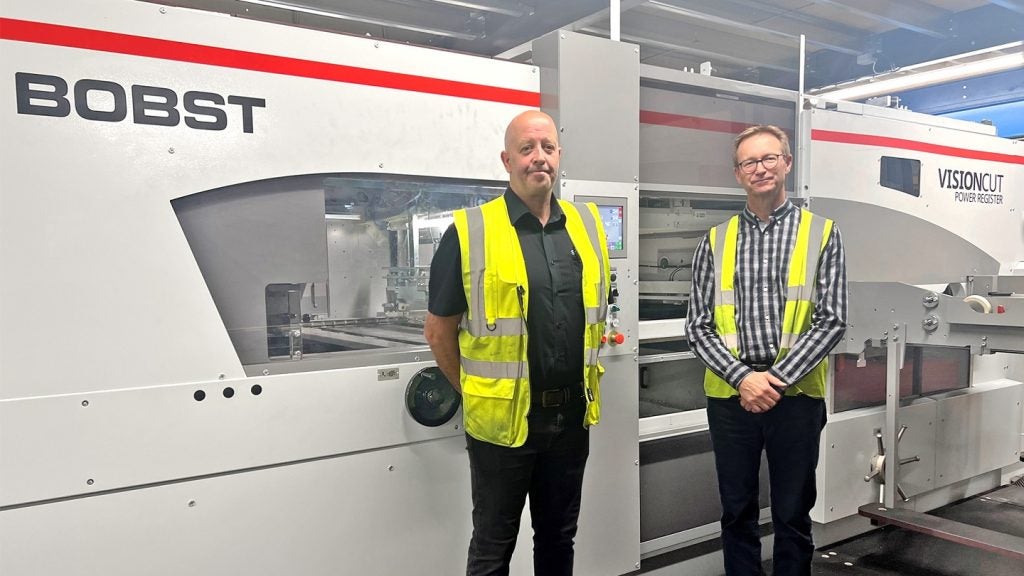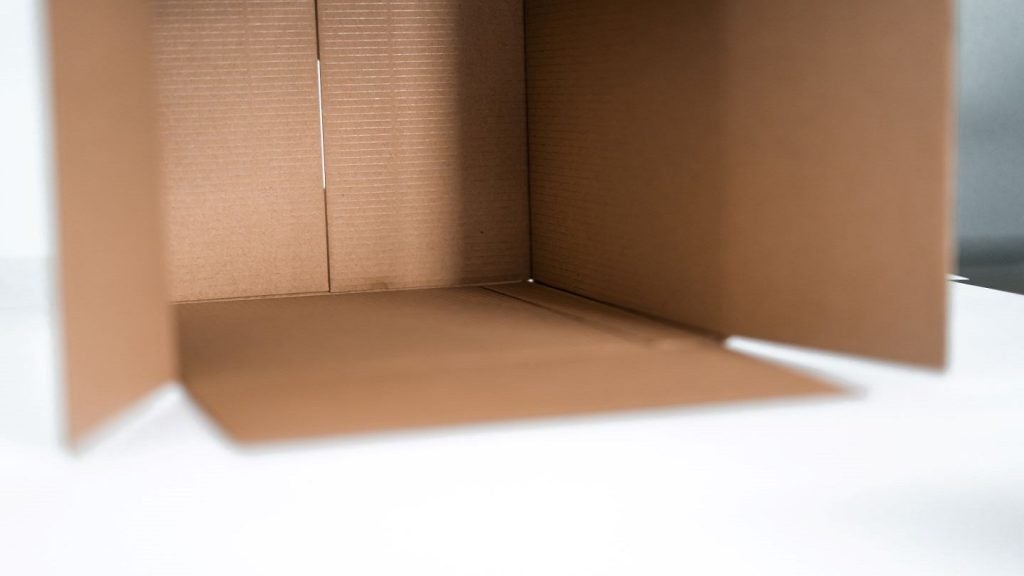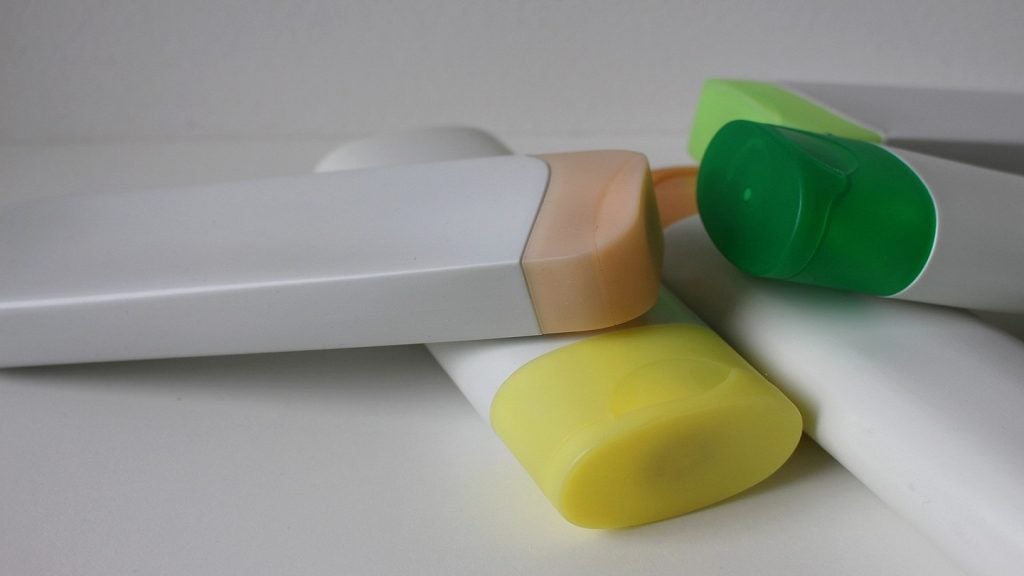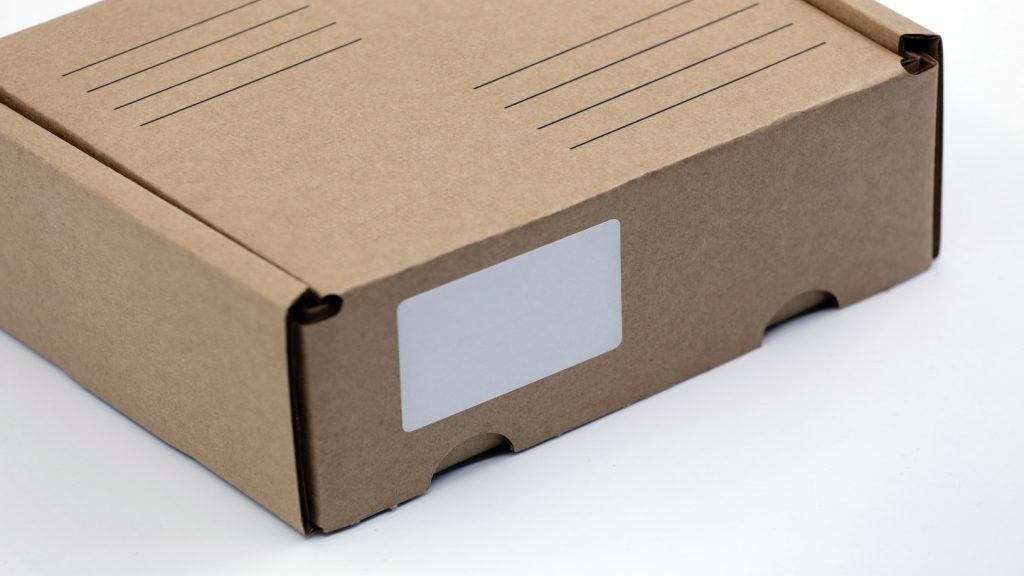In recent years, there have been numerous studies and detailed analysis into the world of Gen-Zers, the values they hold and the behaviours they lead.
This generation has forced society to reflect and reimagine more than ever before, particularly when it comes to our relationship with the environment – with Greta Thunberg becoming the driving force for many students across the globe to take action on sustainability at the age of 15.
With this in mind, British Glass, the UK trade body for glass, has explored the key social media trends amongst the Gen Z population across the globe, and how their behaviours and purchasing habits could inform the future of packaging.
A generation with purpose at heart
Sustainability is at the forefront of many people’s minds; however, this is true of Gen Z more than any other generation. Young people today are very aware of how their everyday purchasing decisions can affect the environment, both in the long and short term.
Now more than ever before, single use plastics are being limited or removed altogether across the packaging sector. This can be seen in the reduction of plastic straws, carrier bags and plastic food and drink packaging.
Gen Z have been repeatedly choosing products that have glass packaging, as they are conscious of the affect that single use plastics can have on the environment. In fact, a recent British Glass survey found that 95% of those born between 1997-2022 preferred glass as a material option.
This trend can be seen in the online world just as much as the offline world, with analysis of TikTok and Instagram highlighting a wider affinity for glass packaging. The hashtag #chooseglass has had over 221.3 million views on TikTok.
Some of the most popular videos that feature this hashtag have featured individuals discussing the dangers that plastic packaging can pose to the environment.
Aesthetic appeal
A second reason why glass is gaining popularity with Gen Z is the aesthetic appeal. TikTok’s new trend that has taken Gen Z by storm is pantry videos. Individuals have taken to swapping out single use plastic packets for reusable containers and organising their pantry with these alternatives.
The hashtag #pantryorganisation has amassed 1.5 billion views across TikTok and has had over 302,000 posts on Instagram, with creators displaying their organised pantries to the world. In videos such as this one created by home décor influencer Farah Merhi, the sustainable use of glass features as a focus, predominantly as storage containers for foods such as dried foods and baking ingredients.
As well as the aesthetic of kitchen pantries, young people are also appreciating the aesthetic of glass in other places throughout their homes. Glass is being chosen over plastic to be used for décor purposes, as vases, makeup brush containers or drinking glasses.
#glasswarehaul has accumulated up to 17.2 million views on TikTok, with Gen Z enjoying the aesthetically pleasing aspect of glass as well as acknowledging the health benefits to it. On Instagram, #glassware has had 1.1 million posts, alongside #glassdecor receiving 82,300 posts on Instagram and 8.8 million views on TikTok.
Amber (brown) glass is a specific new trend emerging with Gen Z. For example, popular, high-end skincare brand Aesop packages all its products in amber glass, in order to create refillable items while also establishing a strong brand image. There is also the benefit that amber glass provides greater product protection from UV rays which give a product a longer shelf life. The company has over 1m followers on Instagram and has surpassed 91.4m views on TikTok.
Within the hashtag #aesop, customers have been enjoying the aesthetic of the company’s products so much that multiple videos have been created where Gen Z individuals are re-filling the famous Aesop hand wash with a cheaper alternative brand, in order to maintain the #materialgirl lifestyle.
Health-conscious
As suggested in many of the videos on social media, the use of glass for packaging reduces the risks of increased levels of microplastics making their way into our food and drink. Microplastics are very small pieces of plastic that are created when larger pieces of plastic start to break down.
It is not yet known the long-term effects of microplastics on the human body, however we do know that glass as packaging material doesn’t breakdown into the product it is housing and is made of natural materials (sand, soda ash and limestone).
Choosing glass is often a healthier, more sustainable packaging option for food and drink products. Glass is non-reactive and non-leaching, therefore cannot transfer material into products to use when storing food or heating up. Glass is fully recyclable and can also be reused again and again without a loss of quality, making it a more environmentally friendly option.
A path forward
As a generation that is rooted in purpose and with sustainability at the forefront, it’s telling to see this focus on glassware online. It’s therefore more important than ever for the industry to continue accelerating its own sustainability journey and ensure it can deliver glass packaging at scale in the most environmentally friendly way possible.
The production of glass currently poses environmental challenges due to high temperatures being an essential requirement of the manufacturing process throughout the year. However, the industry has recognised this and is working towards a clear goal to meet net zero CO2 targets by 2050 and is already making great strides towards this target.
Whilst longer-term, there is likely to be a transition to hydrogen and electric furnaces, which will reduce emissions caused by glass production. There are many other initiatives that are in place today that can reduce emissions on site. Waste heat recovery systems is an option that can be utilised to reduce harmful chemicals that are produced in the creation of glass. When properly used, waste heat recovery systems can decrease yearly CO2 emissions by 6,000 tons, which would be the same as removing almost 2,200 cars from the road every year.
Similarly, other energy saving schemes are being effectively implemented today, such as the integration of glass that has been recycled, otherwise known as cullet, to construct new products. This material doesn’t need as much energy to breakdown as raw equivalents.
For each tonne of recycled glass used to produce new products, there is a 250kg reduction in CO2 on site, alongside supply chain reductions of 580kg of carbon emissions. The benefits of these methods will be fully realised if cullet recycling rates continue to increase in glass manufacturing. The epitome of this can be seen in Encirc’s 100% recycled content bottle, that utilised biofuel in production to make it arguably the most sustainable glass bottle created.
British Glass will continue to advocate for the future of the glass industry. Gen-Zers are spotlighting our shared view that glass is a healthy and sustainable option, and we hope that such videos and conversations online will encourage and teach future generations about the benefits of glass.


